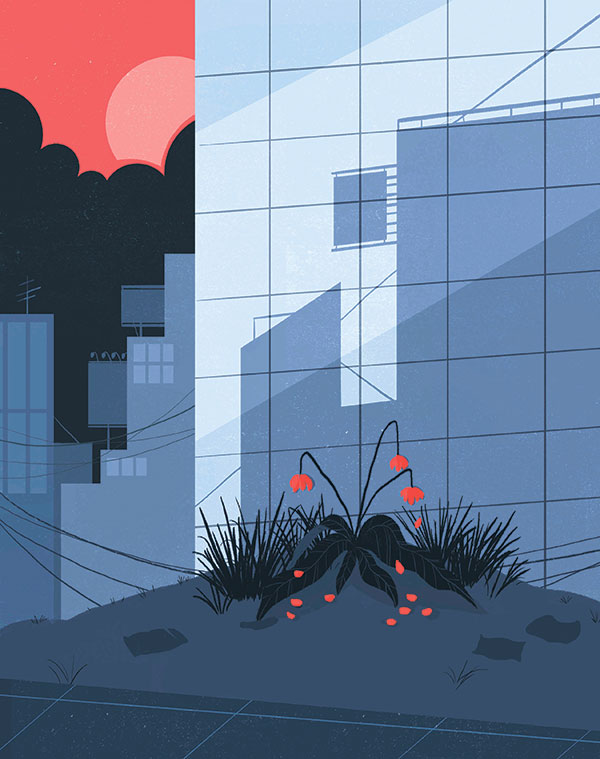The death of public space
By Donn Frank Rabanes
THE way to experience humanity is to see itself celebrating in a public realm.

We have become a country where safe public space is as rare as an honest public servant. Consider this: despite the advances in technology, engineering, architecture and landscaping, the Philippines has consistently ranked below its Asean neighbors in terms of infrastructure. At the rate things are going, our cities will look gray if seen from outer space, as we proceed with our lemming-like cadence to dying by concretization of our land.
Our cities are bursting at the seams and whatever significant open space has been taken over by people and exacerbated by leaders who don’t know better. Our rivers are slowly and surely being crowded up by residents, who have discovered how easy and cheap to it is to have an open dump, behind you, or below you, depending on your house orientation relative to the river.
We have parishes and churches whose architecture looks like an angry mix of past, present and weird. We have church rectification projects driven by priests who probably think of themselves as architects, too, and that is why you end up with structures that are not only unsightly, but garishly inefficient as well. If architecture was the basis for faith, then the Seventh Day Adventists and the Iglesia ni Kristo will for sure leave us eating their dust.
We have schools that used to be well full of greenery, now being transformed to full of “graynery” as population growth have forced it to add buildings and structures, most of the times in an ill advised manner. When sustainability conscious townships with permeable surfaces are being planned and constructed, we have schools acting as if they are on a race to cover every square meter of land with concrete.
We have public spaces, wait… let me rephrase that, we have almost no public space left, and by public space I mean open space, parks, green strips and others that can act as a green lung to cities that are starting to suffocate from its own dirt and filth. We do not have to look far beyond our beloved city of Cebu. I think that if we are to make a bet, one can count the number of trees in Colon, Carbon and the Magallanes area with one’s fingers and toes.
We are drowning in concrete and suffocating ourselves with structures whose architectural and artistic value exists only in the minds of their owners. We seem to equate more development with more concrete, quite a myopic view that will eventually contribute to an urban heat island effect on the city, which will eventually force more buildings to use more air conditioning, so on and so forth.
I cannot recall if Cebu City and all other cities in Metro Cebu have approved comprehensive land use plans, something so basic for running a city. It seems that local government units have surrendered to the private sector the responsibility of providing and maintaining respectable greeneries in the cities, especially in our business parks.
This failure in urban planning will have significant social costs in the future as children grow up deprived of areas where they can run around and just be children. Parents will be forced to compensate the lack of opportunities to play outside with PSPs and Xboxes. Obesity among children is on the rise, just from my observation, and this is but reflective of the change in our cities.
I do hope that Cebu comes to its senses and regain the greenery of my youth. If Seoul and other cities can reverse such decline brought about by unabated embrace of concretization, then Cebu, being blessed with so much natural resources should be at the forefront of change. In our public administration courses in UP, it is often repeated that the role of government is to steer, not to row.
It might be a good time to remind government to steer us to the sustainable path, to chart a destiny not just for ourselves but for our children to come. Not to charge head on, blindly into the concrete road to perdition.
(Donn is a lawyer with more than a decade’s experience in the real estate sector. A football and outdoor enthusiast, he penned this piece a few years ago.)



